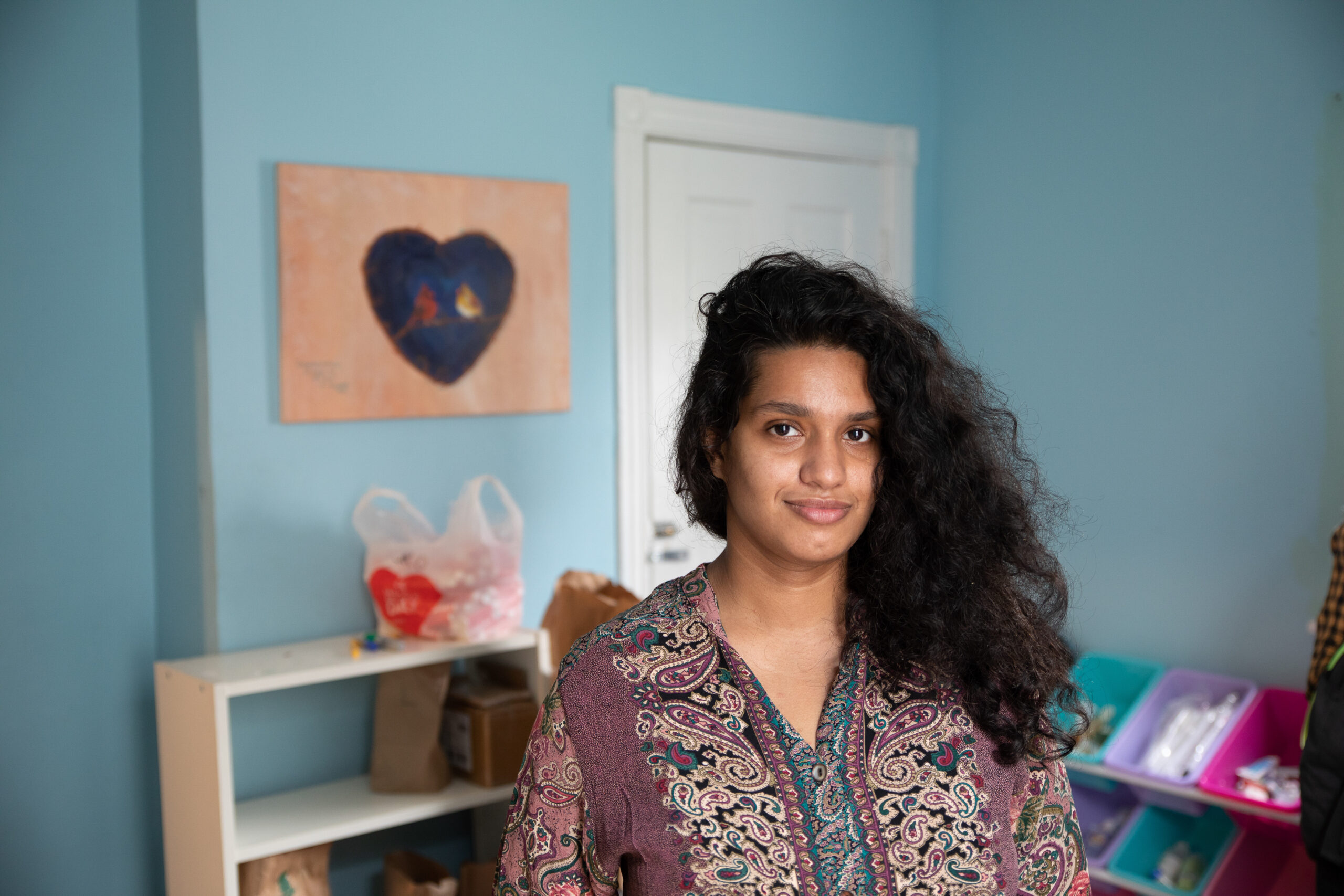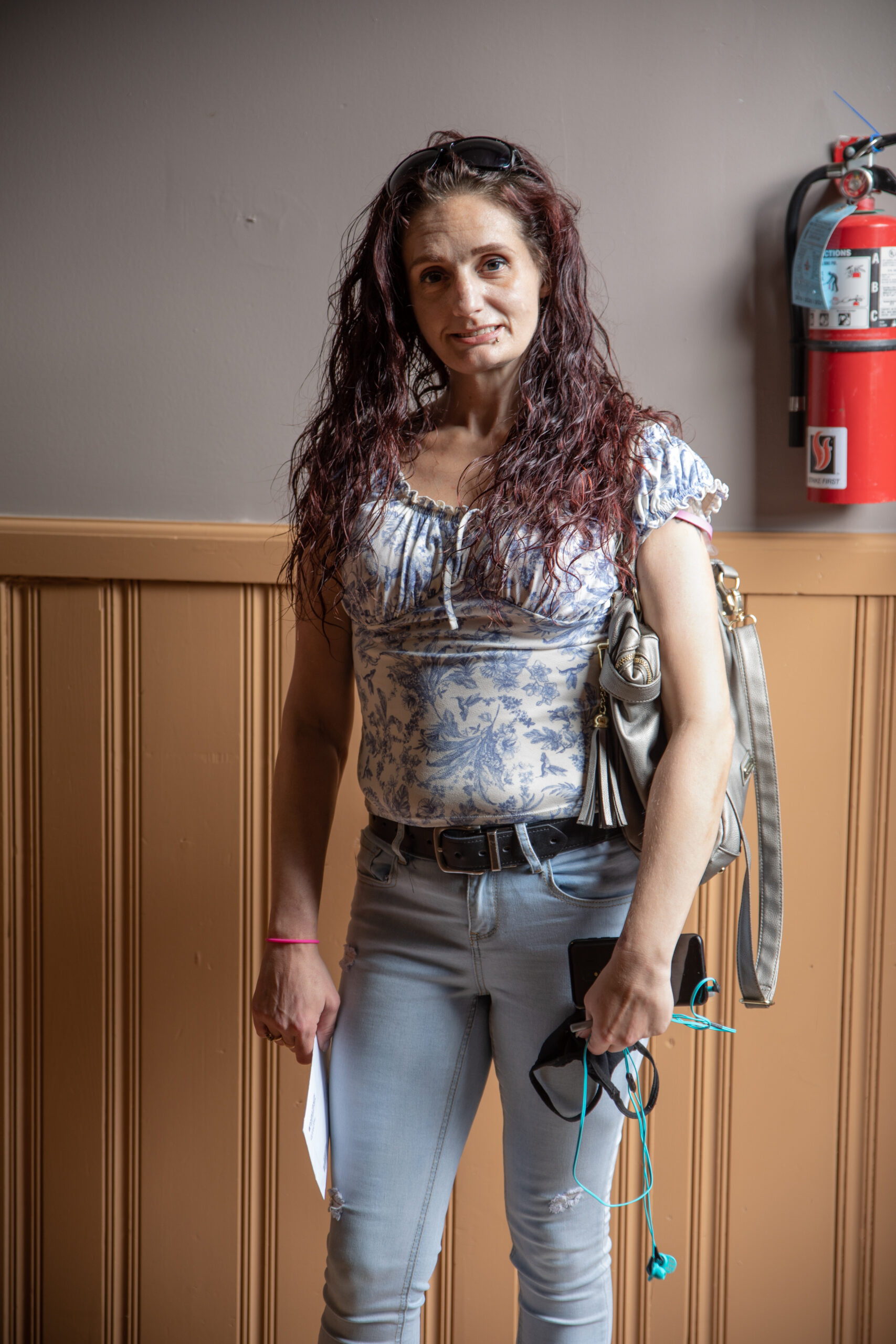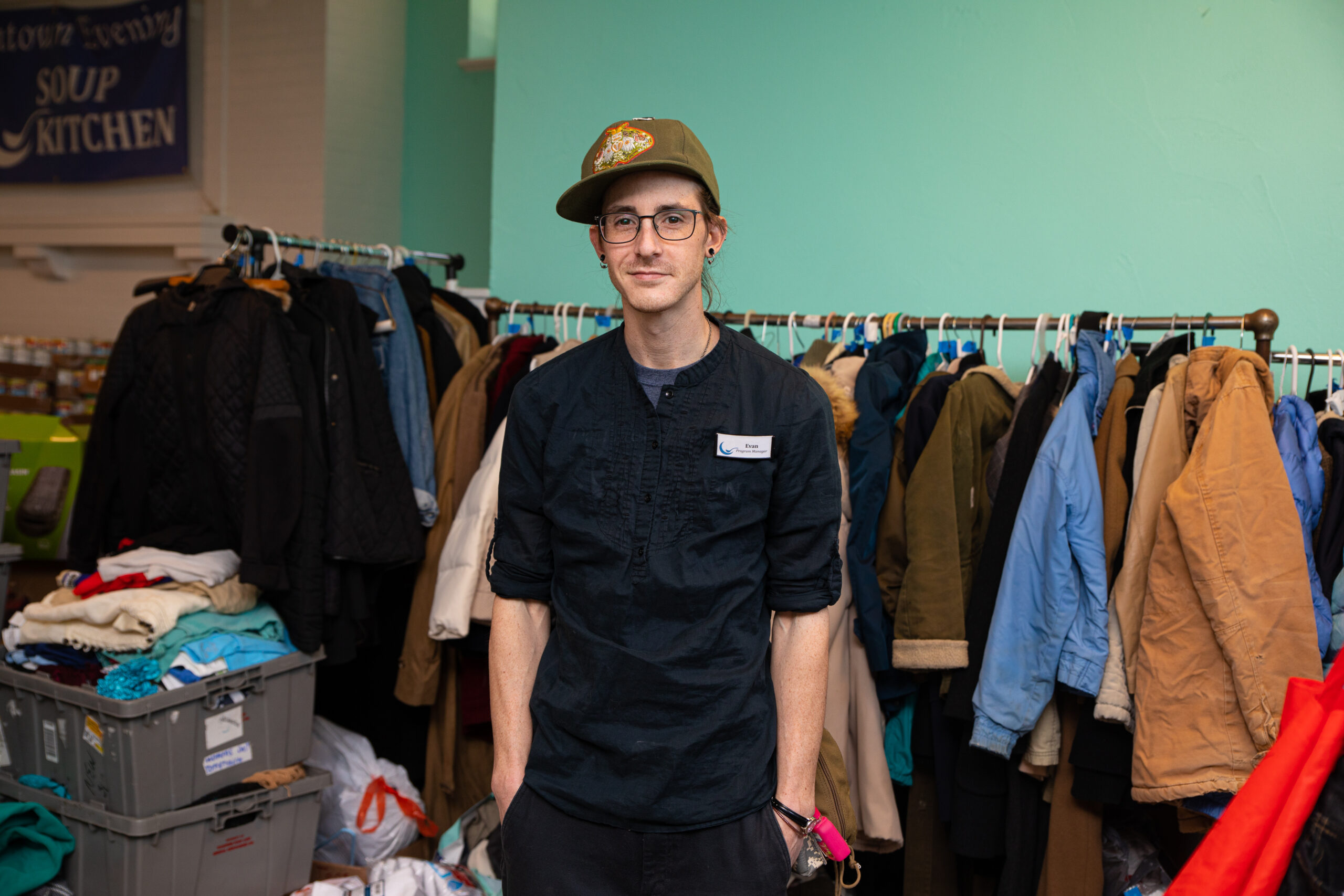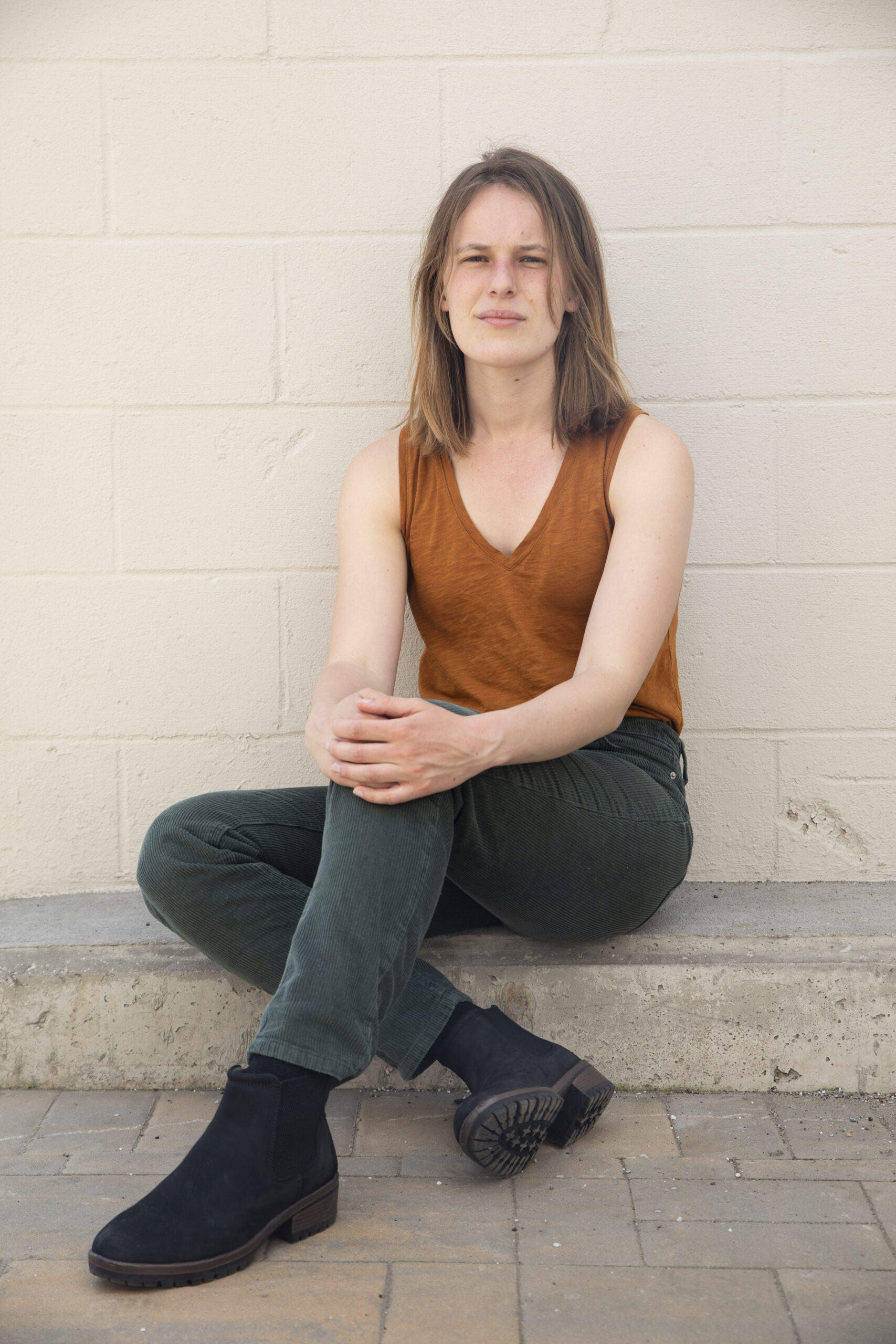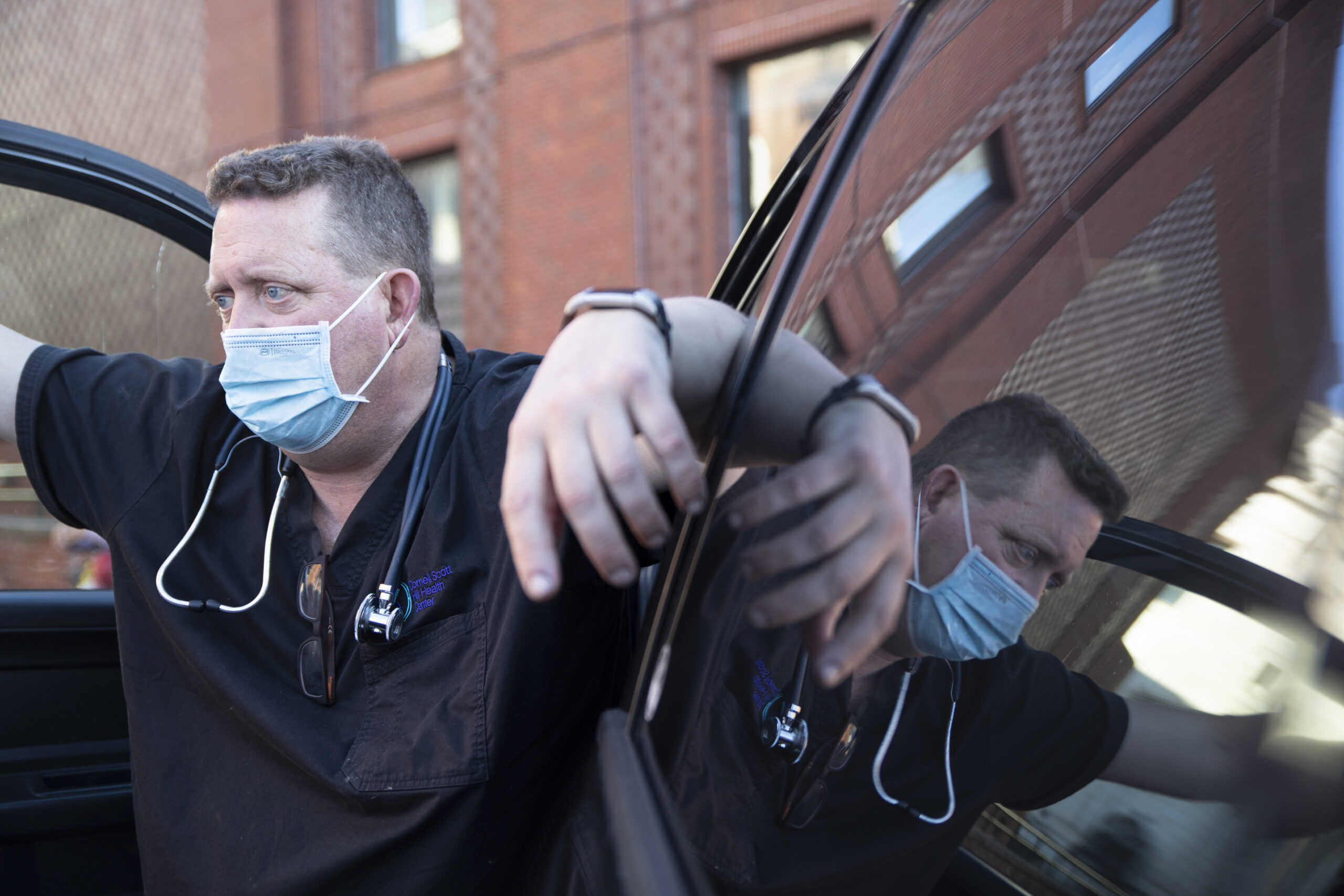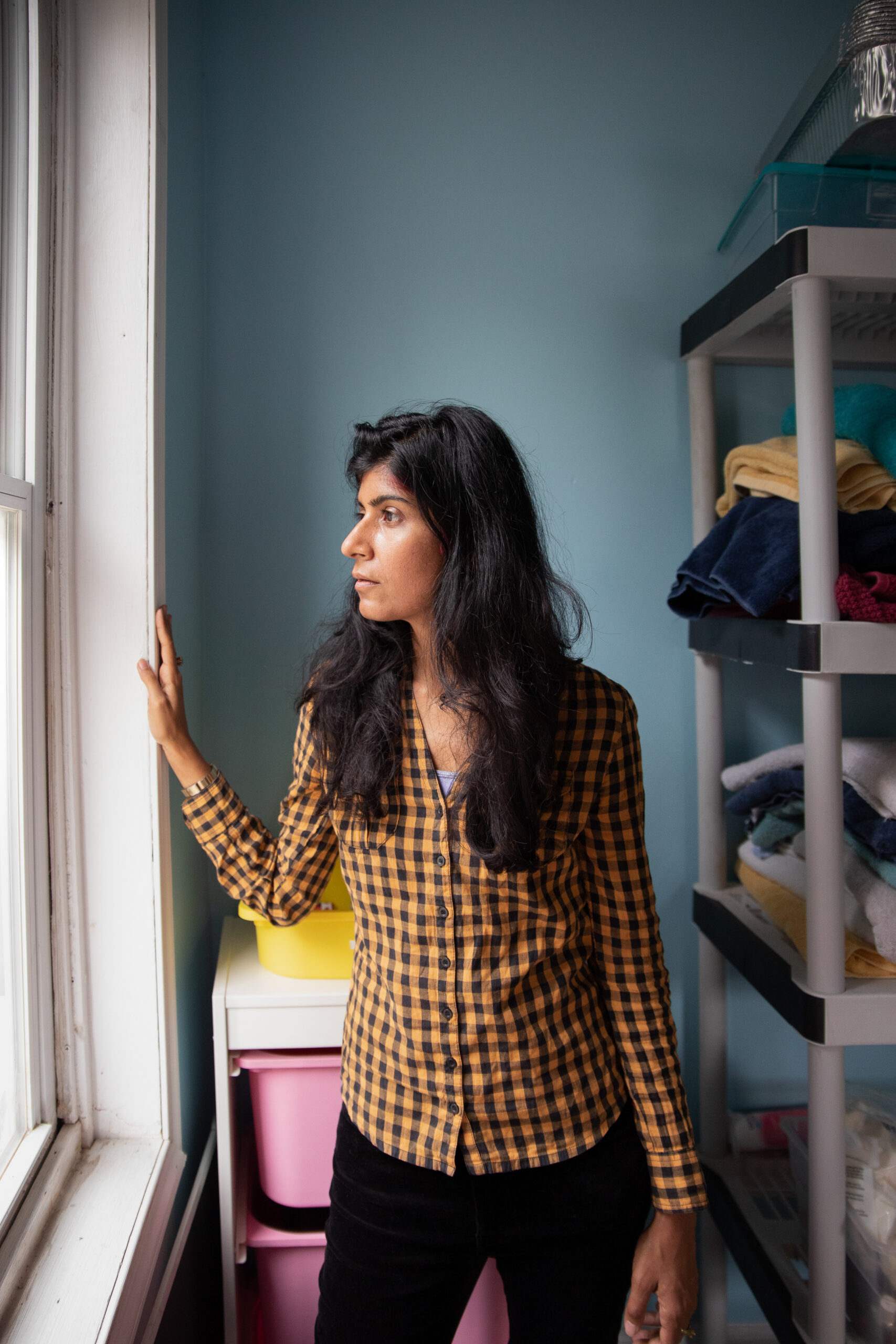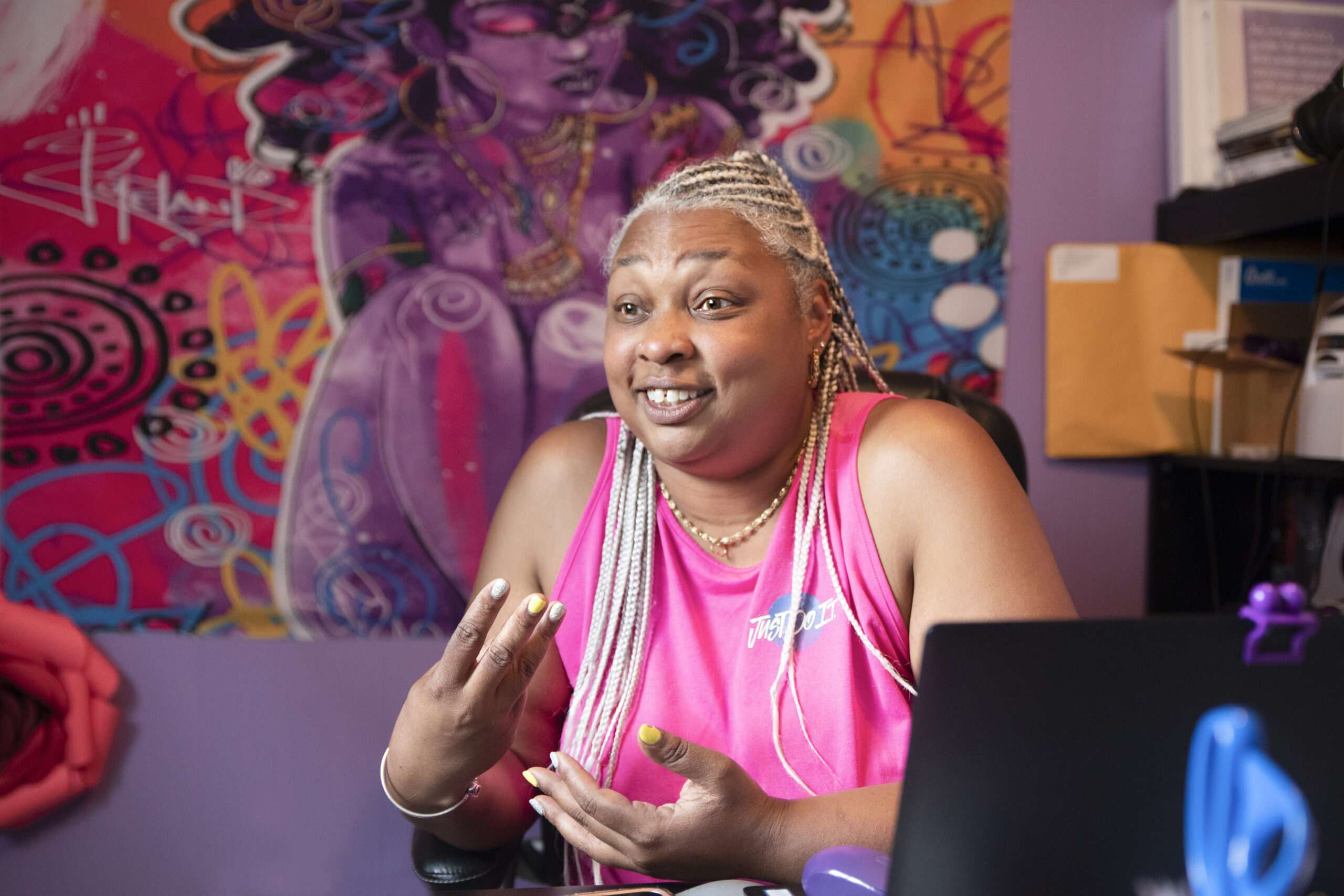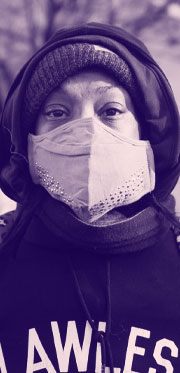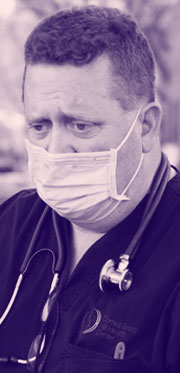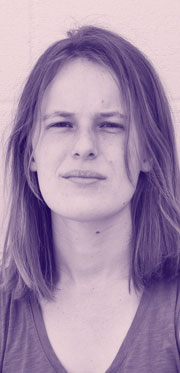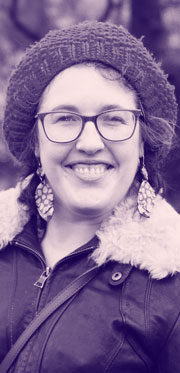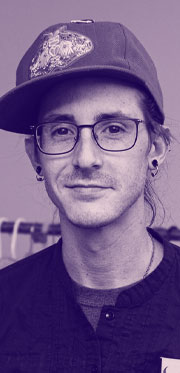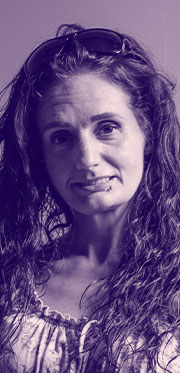Jenna
New Jersey Harm Reduction Coalition
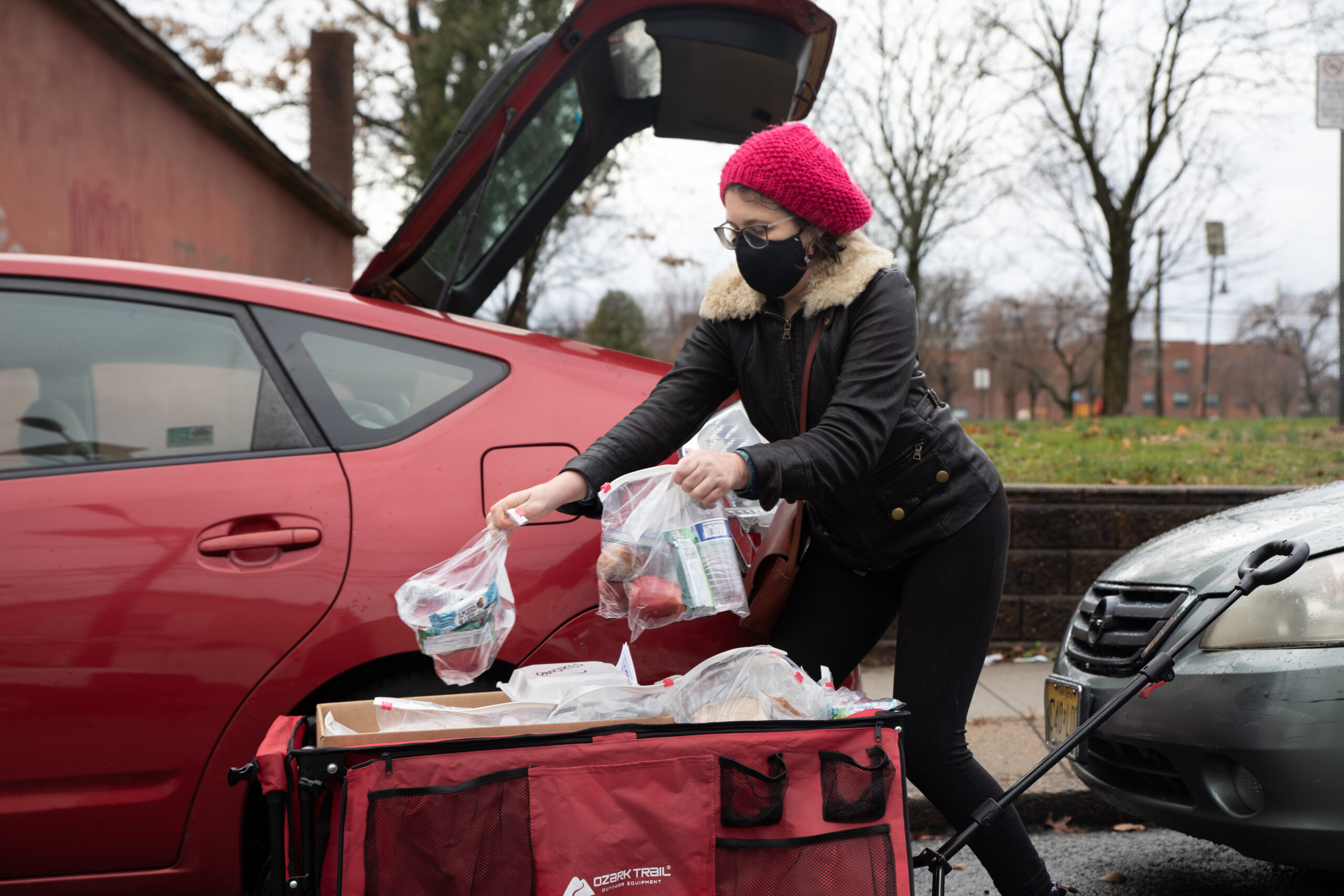
Jenna is the Executive Director of New Jersey Harm Reduction Coalition
+ Expand story
A lot of people I grew up with and love were dying from drug related overdoses, so I’ve seen how much the harm reduction infrastructure is really missing in New Jersey. The way I think of it is we wake up in the morning and say, ‘Are we doing everything we can do to end preventable overdose deaths and show up for our loved ones?’ And until we expand harm reduction, the answer is no. That’s driving why I’m doing this work.
One of our big priorities is putting harm reduction into practice in tangible ways. Another is making sure we’re deeply connected to other movements for economic, racial and social justice in New Jersey. We have incredible social justice advocates in our state and I think harm reduction has been siloed from that for a while so it’s really important we all work together to bring about the policies we need.
We’re fighting for policies that are common sense and have been proven to work. It’s really straightforward to get people naloxone, safer injection supplies, nonjudgmental support, and pathways to housing and healthcare. So with people in decision making positions asking, ‘What can we do to end the overdose crisis?’ it’s like, start with the easiest thing: make sure that people have access to the resources and supplies they need to stay alive.
Naloxone should be flooding our streets. It should be as easy to get as aspirin or a condom, especially for people who use drugs and their loved ones and people who recently stopped using drugs. But I think because people who use drugs have not been at the heart of our drug policy creation in New Jersey, we had naloxone going mostly to first responders. That’s important first responders often need naloxone but in places where people who use drugs have widespread access to naloxone, that’s who reverses most overdoses. This is such a safe medicine and it’s literally life-saving to have.
